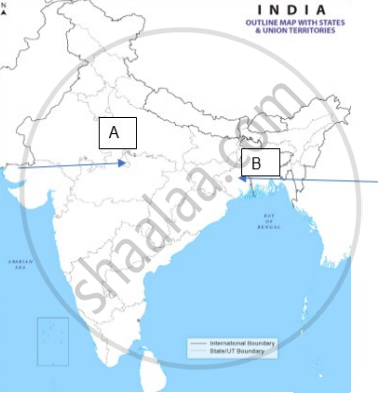Advertisements
Advertisements
Question
Describe the features of water resources of the Vijayanagar empire.
Solution
- The natural basin of Vijayanagar was formed by the river Tungabhadra.
- A number of streams flow down to the river from these rocky outcrops.
- Embankments were built along the streams to create reservoirs.
- Elaborate arrangements were made to store rainwater.
- The most important tank was the Kamalapuram tank.
- One of the most prominent waterworks was the Hiriya canal.
- The canal drew water from a dam across the Tungabhadra.
- Water resources irrigated the cultivated valley that separated the “Sacred Centre” from the “Urban Core”.
APPEARS IN
RELATED QUESTIONS
Answer In 100-150 words
How were the water requirements of Vijayanagara met?
Answer In 100-150 words
hat do you think were the advantages and disadvantages of enclosing agricultural land within the fortified area of the city?
Which of these rivers was the major source of water for Vijayanagara?
Who among the following travelled in Vijayanagar Empire in the fifteenth century and was greatly impressed by the fortification of the Vijayanagar empire?
Which one of the following battles weakened Vijayanagar kingdom?
Who was the founder of Vijayanagara Empire?
Which one among the following dynasties built the Hiriya canal?
On the given political map of India, locate and label the following with appropriate symbols:
- Amravati - A Stupa
- Rakhigarhi - Indus Valley Site
- Agra - Territory Under the Control of Mughals
OR
Vijayanagar - Capital of Vijayanagar empire
On the same outline map, two places have been marked as ‘A and B' as the centres of the Revolt of 1857 Identify them and write their correct names on the lines drawn near them.

Who among the following travellers was from Portugal?
Examine the features of fortification of the Vijayanagar empire.
Which one of the following countries did 'Afanasi Nikitin' belong to?
Why was Persian ambassador Abdur Razzaq greatly impressed by the fortifications of Vijayanagara empire? Explain.
